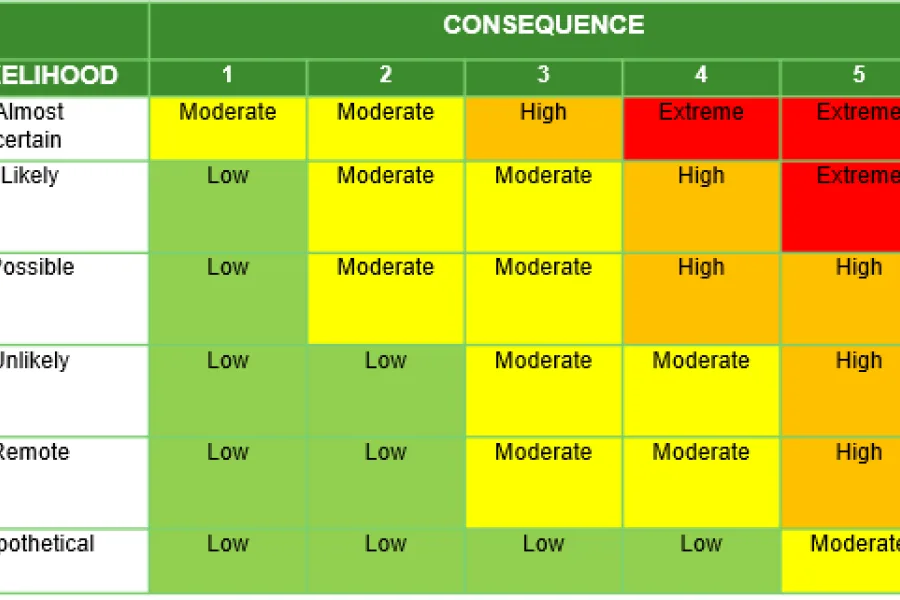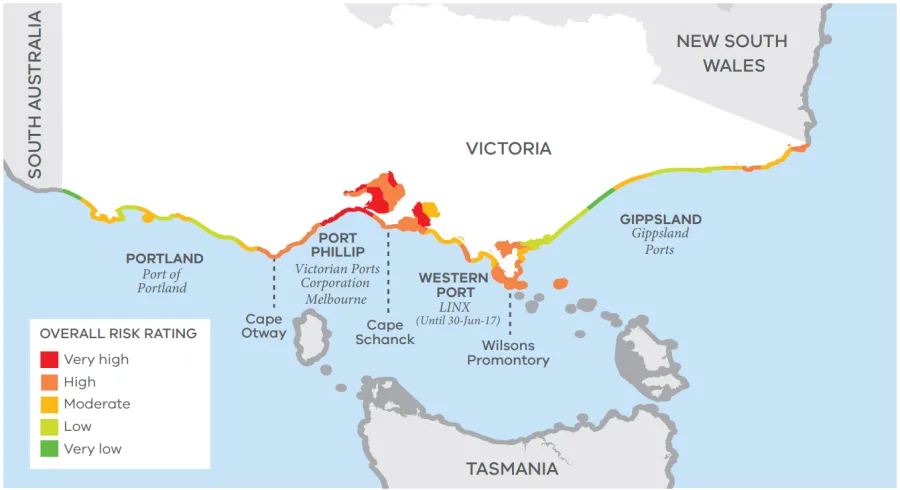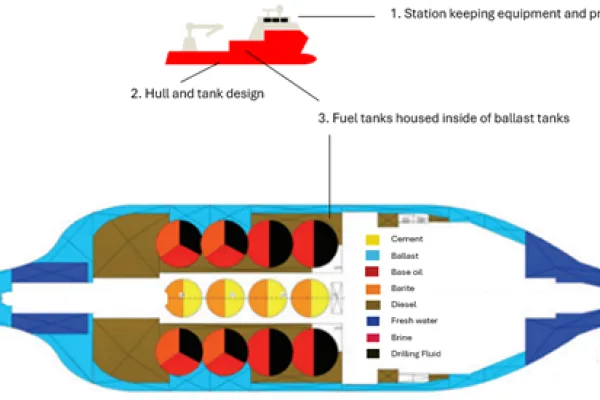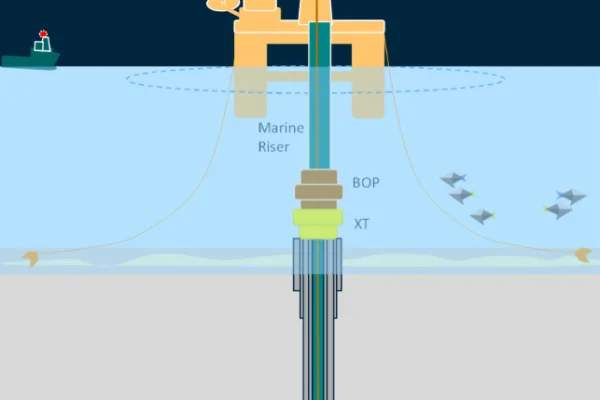How do we ensure there are no oil spills?
Major oil spills are extremely rare. However, the risk requires tight management and strong regulatory control. All offshore industries use oil and oil derivatives to power the boats and vessels needed to perform various offshore activities, from transporting people in ferries to transporting oil in large cargo vessels.
Our activities include vessel operations and gas well drilling. In certain scenarios, these activities could result in an unplanned spill of hydrocarbons into the marine environment. The likelihood of this occurring is remote; however, we have controls in place to reduce the risk of these spills to as low as reasonably practicable.
This page provides general information on oil spills and project specific details are provided on the relevant Environmental Management Consultation page.
What is Risk?
An environmental risk is an interaction between human activities and the environment that could result in a change to the environment. We all live with risk every day. Importantly, everyone can, and does, manage risk in their everyday lives.

What risk are you managing when you wear a seatbelt in a car? Does wearing a seatbelt eliminate the risk? Or does a seatbelt help reduce the risk to an acceptable level?
In Australia's offshore oil and gas industry, we identify the risks associated with our activities and ways to control them through detailed hazard identification and risk assessments. We use a risk assessment matrix, shown here, to evaluate and categorise our risks. When we think about managing our risks, we start with: 'Can we avoid the risk?' If the answer is no, then we work through a hierarchy of controls to reduce the risk to as low as reasonably practicable.
Where could an oil spill go?
If you live on the coast in Australia, you probably won't be too far from oil spill risk. The image below shows a Victorian Government assessment of oil spill risk along the coastline of Victoria. The assessment accounts for the various potential sources of oil spills. The 2011 assessment looked at the risk of marine pollution oil spills from all sources, and chemical spills from bulk carriers. Risk was assessed for 66 coastal stretches each ~20 km long. This considered the likelihood of a spill reaching the shore, and the key values that may be impacted. The 2011 report found that risk from the oil and gas industry was relatively low compared to shipping, contributing mainly to risk in locations closest to the Otway and Gippsland basins.
Oil spill risk is location specific. An area where there are a lot of large shipping vessels and industries, like Melbourne, will be at higher risk. An area remote from these things is at lower risk. Amplitude Energy's oil and gas facilities and activities are located offshore Victoria in the Otway and in the Gippsland Basins. The spill risk associated with these activities extends beyond these regions. As part of our detailed response planning, we have modelled where a spill from our offshore activities could travel to. We have used the modelling to identify and evaluate sensitivities that could be impacted in the event of a spill, and to determine the most appropriate response activities to take.

Useful links
- NOPSEMA Oil Spill Modelling at a Glance
- NOPSEMA Oil Spill Response Strategies
- AMSA Marine Orders
- Victorian OPEP
Possible spill scenario
Loss of Well Control
An accidental release of condensate could occur during drilling a well from either a leak, or a Loss Of Well Control (LOWC).
Impact
- Change in water quality
Risks
- Change in habitat
- Change in fauna behaviour
- Injury / mortality to fauna
- Impacts to the functions, interest or activities of other marine or coastal users
Controls
We prevent oil spills during our projects and operations through detailed planning and engineering. In the unlikely event of a spill, we also have detailed plans to respond. To reduce the risk and impacts of an LOWC spill we:
- Implement marine exclusion / caution zones around drilling rig and vessels
- Undertake ongoing engagement including notification of third party stakeholders
- Ensure training and testing is undertaken in accordance with exercise schedules for emergency preparedness
- Develop and implement Facility Safety and Integrity Management Plans
- Have an Operational and Scientific Monitoring Plan
- Have an Oil Pollution Emergency Plan in place to be implemented in the event of a spill
- Have a Source Control Emergency Response Plan developed to be implemented in the event of a spill

